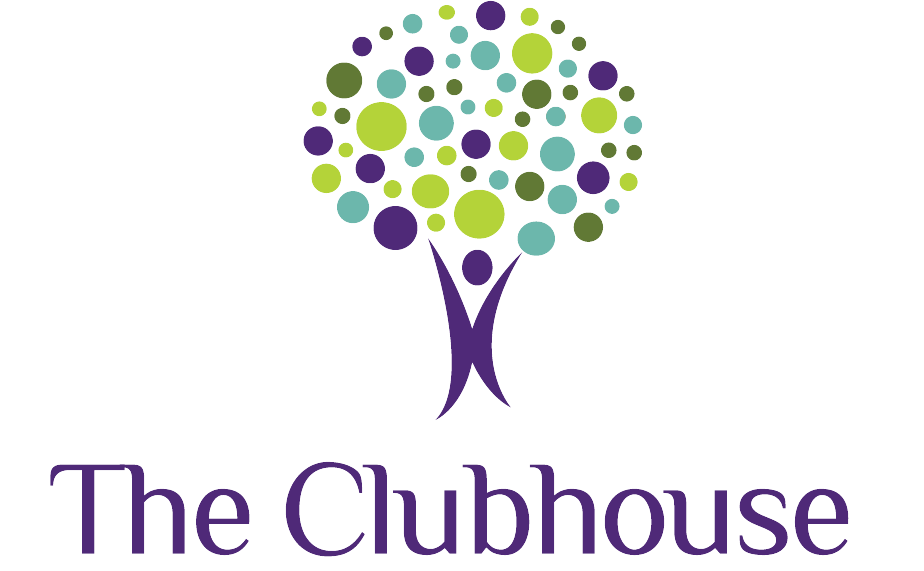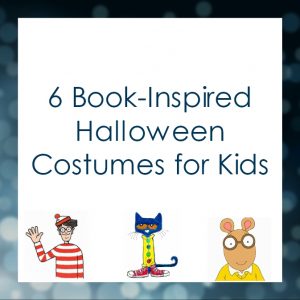Facilitating Speech and Language Development Through Interactive
By Jamie Gildenberg, M.S., CF-SLP
It is so easy to get caught up in the boundaries of storybooks by simply reading the words on the page to your child. Of course reading the words on the page to your child has some benefit, but why not go further? Why not make story time fun and interactive? Below are some strategies you can utilize during your next story time to facilitate speech and language development.
Answering wh-questions:
Throughout the story you can ask your child questions about the key story elements (e.g., Who is the main character in the story?). For children working on higher-level language goals, ask them to make inferences and predictions. Get your child excited to turn the pages and build anticipation by asking questions like “What do you think will happen next?”
Storytelling
Wordless picture books are great for storytelling and story grammar! Chalk by Bill Thomson is one of my personal favorites. Wordless picture books, by nature, foster imagination. They require children, rather than the author, to determine the characters’ names and other key story elements by looking at and analyzing the illustrations.
Vocabulary:
Ask your child to describe what they see. Extend what they say by adding more complex language and comments to their words. If you come across new vocabulary in a book, try relating it to words your child may already know. Ask them to listen to the sentence, your tone of voice, and to look at the picture/ facial expressions of the character to see if they can determine what the word might mean.
Emotions & Social Language
Ask your child how they think the character feels and why. Depending on what your child is working on in therapy, you may also pause to ask questions such as “Is that expected or unexpected?” or “What zone of regulation is the character in?” in order to extend social thinking vocabulary to literacy. Miss Nelson is Missing by Harry G. Allard Jr. is a fun book that includes all the zones of regulation!
Figurative Language
Figurative language can be hard! It is important for children to gain as much exposure to figurative language as possible in order for it to become a part of their vocabulary. Amelia Bedelia books by Peggy Parish and More Parts by Tedd Arnold are fun books that make learning figurative language fun and silly! Talk to your child about what the character thought the idiom meant vs. what it really means.
Rhyming
Rhyming is an early phonological awareness skill children use to distinguish units of speech. While reading rhyming books such as the Llama Llama Red Pajama by Anna Dewdney, you can pause before you say the rhyming word in the book to see if your child can fill in the word.
Speech Sounds
Pick ANY book and have your child name the character a name that includes the speech sound they have been working on in therapy. You can have them practice by telling you what the character is doing in the book. There are also various books that contain numerous instances of one sound (i.e., the initial /f/ sound in The Foot Book by Dr. Seuss).
The next time you pick up a book with your child, don’t feel like you need to read every single word on the page. Try using an interactive story time strategy listed above in order to facilitate your child’s speech and language development.


